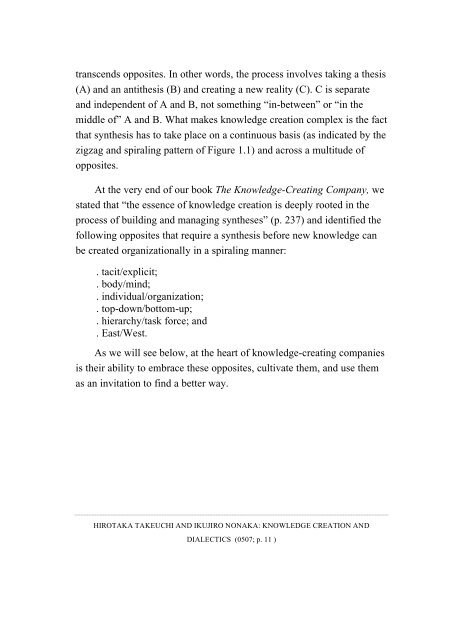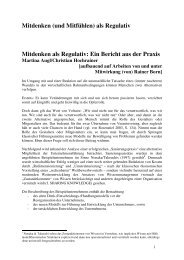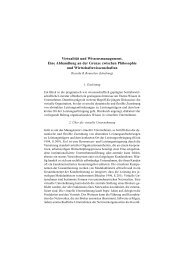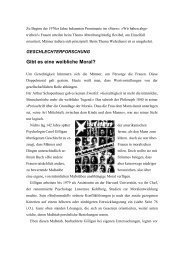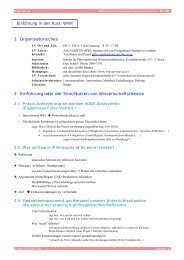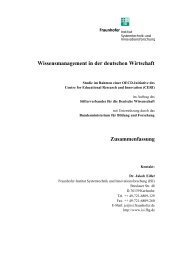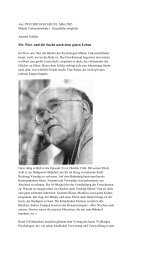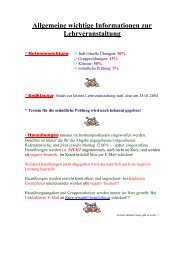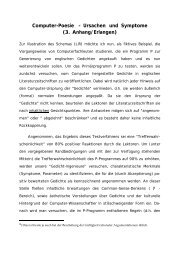KNOWLEDGE CREATION AND DIALECTICS
KNOWLEDGE CREATION AND DIALECTICS
KNOWLEDGE CREATION AND DIALECTICS
You also want an ePaper? Increase the reach of your titles
YUMPU automatically turns print PDFs into web optimized ePapers that Google loves.
transcends opposites. In other words, the process involves taking a thesis<br />
(A) and an antithesis (B) and creating a new reality (C). C is separate<br />
and independent of A and B, not something “in-between” or “in the<br />
middle of” A and B. What makes knowledge creation complex is the fact<br />
that synthesis has to take place on a continuous basis (as indicated by the<br />
zigzag and spiraling pattern of Figure 1.1) and across a multitude of<br />
opposites.<br />
At the very end of our book The Knowledge-Creating Company, we<br />
stated that “the essence of knowledge creation is deeply rooted in the<br />
process of building and managing syntheses” (p. 237) and identified the<br />
following opposites that require a synthesis before new knowledge can<br />
be created organizationally in a spiraling manner:<br />
. tacit/explicit;<br />
. body/mind;<br />
. individual/organization;<br />
. top-down/bottom-up;<br />
. hierarchy/task force; and<br />
. East/West.<br />
As we will see below, at the heart of knowledge-creating companies<br />
is their ability to embrace these opposites, cultivate them, and use them<br />
as an invitation to find a better way.<br />
HIROTAKA TAKEUCHI <strong>AND</strong> IKUJIRO NONAKA: <strong>KNOWLEDGE</strong> <strong>CREATION</strong> <strong>AND</strong><br />
<strong>DIALECTICS</strong> (0507; p. 11 )


